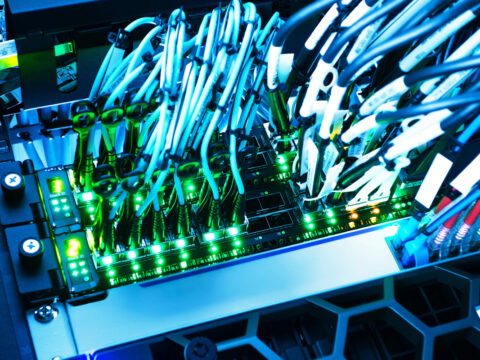Things to know about fiber optic installation services
 Fiber optic installation services are essential for delivering high-speed, high-capacity internet, voice, and data connections. These services involve the design, deployment, and testing of fiber optic cables, which use strands of glass or plastic fibers to transmit data as light signals. Compared to traditional copper wiring, fiber optics offers faster speeds, greater bandwidth, and more reliable performance over long distances. ISI Technology provides it in Colorado Springs, Fort Collins, Littleton, Cheyenne, Boulder, Denver, and surrounding areas.
Fiber optic installation services are essential for delivering high-speed, high-capacity internet, voice, and data connections. These services involve the design, deployment, and testing of fiber optic cables, which use strands of glass or plastic fibers to transmit data as light signals. Compared to traditional copper wiring, fiber optics offers faster speeds, greater bandwidth, and more reliable performance over long distances. ISI Technology provides it in Colorado Springs, Fort Collins, Littleton, Cheyenne, Boulder, Denver, and surrounding areas.
Types of installation vary depending on the environment and application. Common methods include aerial installation (using utility poles), underground trenching, and micro-trenching for minimal disruption. For inside buildings, technicians may run fiber through conduits, ceilings, or walls to connect network equipment.
Key considerations for fiber installation include:
- Site survey and planning – Assessing terrain, existing infrastructure, and network requirements to determine the optimal route and method.
- Permits and regulations – Complying with local, state, or federal guidelines, especially when working near public roads or private property.
- Cable protection – Using conduits, armored cable, or weatherproofing to safeguard against environmental damage, rodents, and accidental cuts.
- Splicing and termination – Precision work to join fiber ends or connect them to network devices, requiring specialized tools and training.
- Testing and certification – Ensuring the installed fiber meets performance standards for speed, signal loss, and reliability.
Professional expertise is crucial because fiber optics is more delicate than copper cables and requires specialized handling. Trained installers follow industry best practices such as proper bend radius, clean splicing, and accurate labeling to ensure long-term performance.
Cost factors include installation method, distance, labor, material quality, and whether the job is new construction or a retrofit. While initial installation may be more expensive than copper, fiber’s durability and low maintenance needs can reduce long-term costs.
Safety is another priority—installers use protective equipment and follow electrical safety guidelines, even though fiber does not carry electrical current.
In summary, fiber optic installation services combine technical precision, regulatory compliance, and careful planning to deliver fast, reliable connectivity. Choosing experienced providers helps ensure your network is future-ready, scalable, and built to the highest standards.
Contact us anytime if you need more information.











